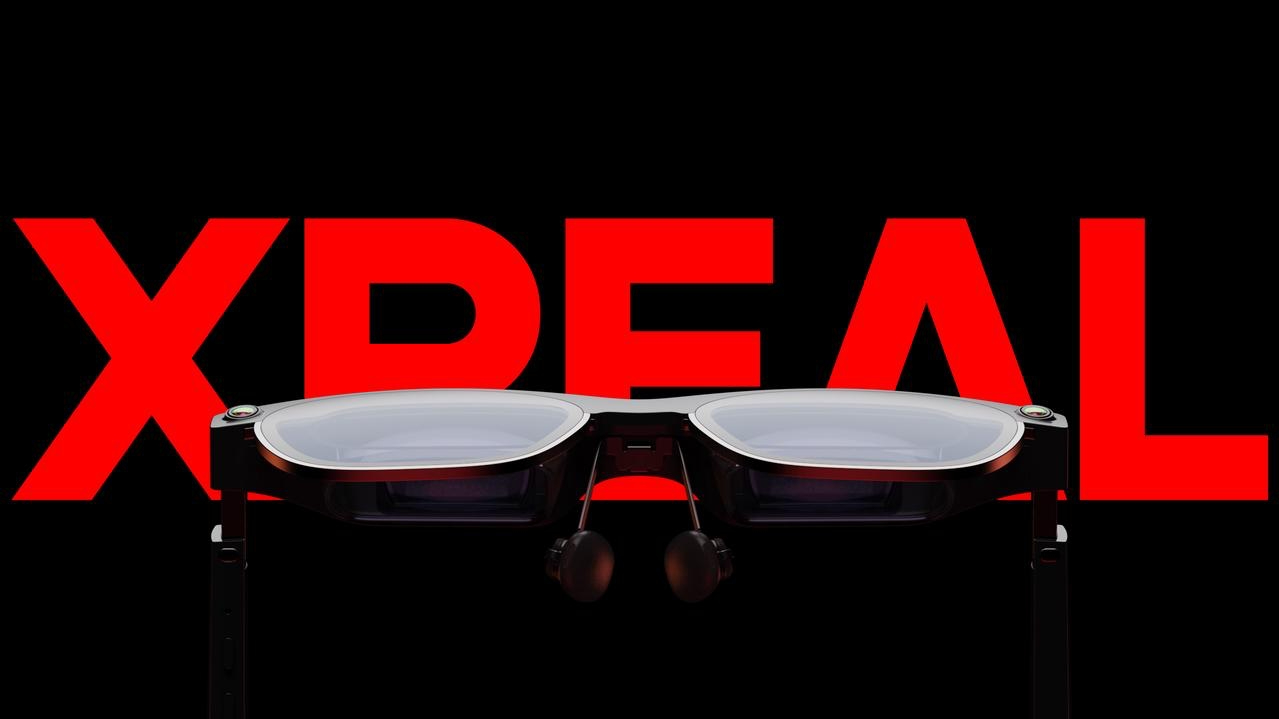I’ve reviewed several of Xreal’s augmented reality glasses over the past year, themost recent being the Air 2. However, the company is back again with a more feature-packed entry: the Air 2 Ultra. While the Air and Air 2 focused primarily on allowing you to enjoy content on a simulated 100+ inch virtual screen while still seeing your environment around you, the Air 2 Ultra adds six degrees of freedom (6DoF) tracking.
Xreal first introduced 6DoF tracking with theNreal Light, but the Air 2 Ultra puts more powerful hardware into a sleeker and more stylish titanium frame. Despite the lightweight frame, the Air 2 Ultra is a bit heavier at 80 grams compared to 72 grams for the Air 2. The Air 2 Ultra includes two new environmental sensors (cameras) embedded in the glasses-style frame (which Xreal claims are the smallest in the industry), allowing real-time tracking of the user’s position within a 3D space and even enabled hand tracking. This should allow for a more immersive AR experience that offers a mix of virtual content interspersed with real-world environments, which is possible with theMeta Quest 3.

The rest of the hardware is similar to what we’ve seen with the Air 2, which means you get a Full HD OLED display per eye, offering a maximum refresh rate of 120Hz and maximum brightness of 500 nits. However, you now get a 52-degree field-of-view, up from 46 degrees with the Air 2. When viewing content (such as games or movies) on the glasses, it’s like looking at a 154-inch screen at a distance of 13 feet. Trust me, it’s a trippy experience when you first try it.
Other features include speakers integrated into the frames with directionalaudioto allow you to listen to music/movies/games without blasting those in your vicinity with unwanted noise. The glasses connect to your smartphone, tablet, or PC with a USB-C cable. That means that the Air 2 Ultra is natively supported by most Android devices and Apple’s most recent iPhone 15 family. Older iPhones can be used with the Air 2 Ultra by purchasing a separate adapter.

The company points out the $499 Quest 3 andApple’s $3,499 Vision Proas direct competitors. Both of those devices offer more powerful hardware and higher-resolution displays. They also provide a passthrough digital view of the outside world instead of a direct view of the outside world, as the Air 2 Ultra offers. Another big difference is that the Air 2 Ultra looks more like a regular pair of sunglasses, albeit a bit bulkier. The Vision Pro and Quest 3 quickly draw attention for their unorthodox designs.
Xreal is targeting developers and general consumers with the Air 2 Ultra, and the glasses will beavailable in March for $699. However, the company will offer a $100 discount for owners of the Nreal Light who preorder the AR glasses.

Get Tom’s Hardware’s best news and in-depth reviews, straight to your inbox.
Brandon Hill is a senior editor at Tom’s Hardware. He has written about PC and Mac tech since the late 1990s with bylines at AnandTech, DailyTech, and Hot Hardware. When he is not consuming copious amounts of tech news, he can be found enjoying the NC mountains or the beach with his wife and two sons.